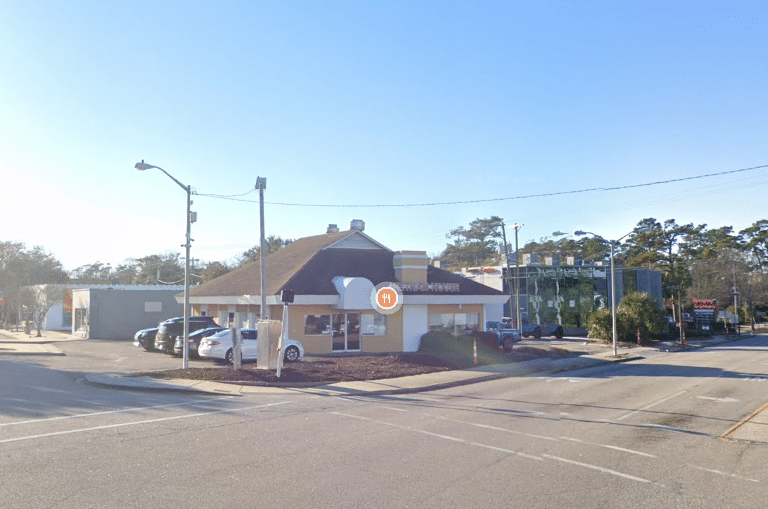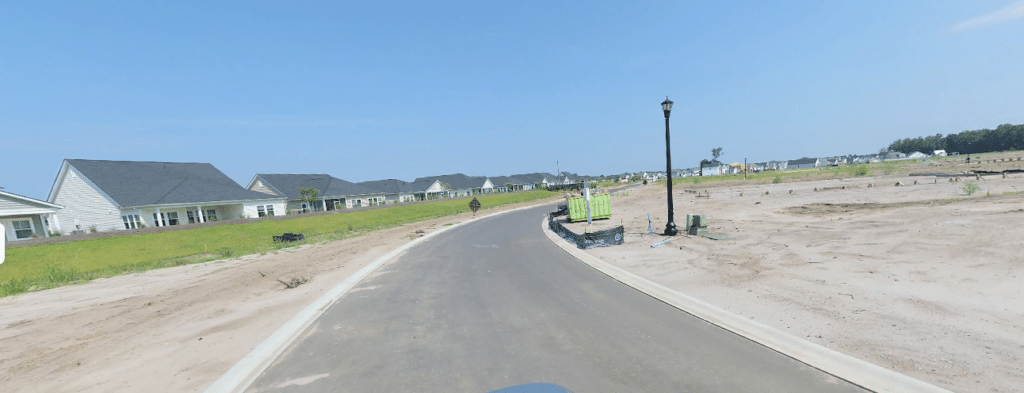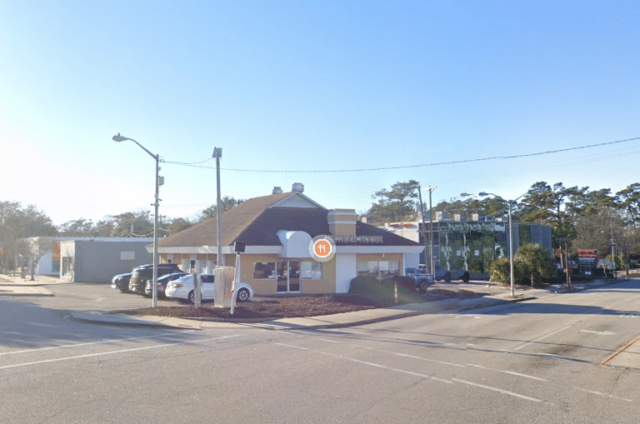Our latest Myrtle Beach Brand Story Episode 3 highlights the city’s present condition. Myrtle Beach Brand Story Episode 3 showcases the vibrant culture and the evolving landscape of this beloved destination.
In Episode 1, our viewers learned of how Myrtle Beach was founded by Simeone B. Chapin.
In Episode 2, we highlighted the city in its glory days, from the mid 1950’s to the late 1980’s. In this episode, we look into where the city stands today and what options the city has for moving into this next generation of all things America.
As we reflect on the series, Myrtle Beach Brand Story Episode 3 serves as a pivotal moment in understanding the city’s journey.
This is part of the ongoing Myrtle Beach Brand Story Episode 3 that explores the unique identity of the city.
Exploring the Myrtle Beach Brand Story Episode 3
This restaurant played a former key role in politics
The significance of this restaurant is highlighted in Myrtle Beach Brand Story Episode 3, emphasizing its role in local politics.

In Myrtle Beach Brand Story Episode 3, we examine how Horry County’s growth has reshaped the area.
It may come as a surprise, but back in the 1960s and 1970s, this restaurant located at the intersection of Highway 501 and Broadway street played a significant role in local politics. Less than 12 influential figures would gather here to determine the mayor of the city, city council members, county council positions, and representatives for the S.C. State House.
The meeting went on for over an hour, with the conclusions reached being definitive. Myrtle Beach was the central hub of authority for all matters concerning Horry County at that time.
Horry County’s growth completely altered the power dynamics along the Grand Strand.
With a focus on Myrtle Beach Brand Story Episode 3, it’s clear that the city faces unique challenges during election cycles.
The contrast between residents and visitors is a central theme in Myrtle Beach Brand Story Episode 3.
HUCKS ROAD NEAR AYNOR SC

40 years ago, tobacco farms dotted the rural landscape along Hucks Road and its vicinity just west of Conway. Nowadays, those roads are filled to the brim with successive waves of new development.
As we delve deeper into Myrtle Beach Brand Story Episode 3, we uncover the impact of land ownership on the city’s future.
The pressing need for effective diplomacy in Myrtle Beach Brand Story Episode 3 highlights the city’s challenges.
Horry County has a population of 411,000 people, with only 48,000 residing in Myrtle Beach. During any given election cycle, Horry County residents can outvote the city of Myrtle Beach.
On the peak tourism day of July 4th, Myrtle Beach attracts up to 350,000 visitors, while a population of 350,000 residents lives just beyond the city borders. Yet Myrtle Beach Mayor Brenda Bethune, and other city leaders chose to alienate these residents, charging them to park in an unsafe downtown.
The city of Myrtle Beach’s restaurants, shops, and attractions are seldom visited by 350,000 County residents.
Myrtle Beach Brand Story Episode 3 provides insight into the city’s potential for future growth and redevelopment.
Myrtle Beach’s political sway and county backing have dwindled, alongside a decline in its national visitor numbers. The Myrtle Beach region welcomed 20 million tourists in 2020, but saw a drop to 17.5 million visitors last year.
What’s next for the city? Mayor Bethune and the city have recently requested $65 million in state aid to support their efforts in revitalizing the downtown area. However, the state fully knows the town is landlocked in its arts and innovation district.
Chapin Company and Burroughs and Chapin Company hold three significant land plots that the city is unable to buy or compel the companies to sell. Given that the properties were acquired circa 1911, any potential sale would incur capital gains taxes, rendering such a transaction impractical.
Downtown redevelopment hinges on the city having a proficient diplomat capable of collaborating effectively with these companies. Mayor Bethune is often described as a bully and a bridge burner.
President Donald Trump signed a mandate requiring the interior department to acknowledge the Lumbee Tribe. If approved, Governor McMaster’s signature would enable casino gaming on Tribal-owned land throughout the state.
Burroughs and Chapin have ownership of the properties required by these tribal leaders to collaborate on constructing a downtown casino. Tribal leaders are considering working with Horry County Council on zoning to leverage other locations for the casino. Tribal leaders believe, the casino would do just as well in Horry County as it would in a coastal city.
Various cities, such as Detroit, Chicago, Springfield OH, and several others, are facing challenges with downtown redevelopment. The cities have found little success despite an accumulated billions in investments.
Downtown redevelopment clearly presents lucrative financial tax funded opportunities. Myrtle Beach has spent hundreds of millions with little to show as of 2025.
Local News Via - MyrtleBeachSC.com









